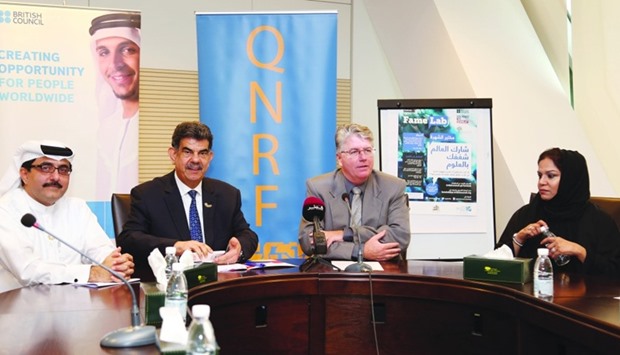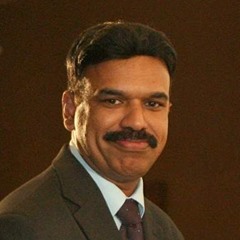The British Council, along with Qatar National Research Fund (QNRF), has launched the second Qatar edition of the FameLab competition.
FameLab is a science communication competition initiated by Cheltenham Science Festivals in the UK. The Qatar edition is supported by the Ministry of Education and Higher Education, Qatar University and Hamad Bin Khalifa University.
Contestants in age group of 16 to 40 can register their names until February 12. The target audience of the competition is school and university students, STEM (Science Technology Engineering and Math) teachers and professors, researchers and professionals.
The participants will receive a science communication skills training in Arabic and English, which will run for a week in February. After the auditions, 12 finalists will make it to the final and will also receive a two-day advanced science communication training.
The national final will take place at Qatar National Convention Centre as part of QNRF’s National Scientific Research Competition on March 15.
Contestants of FameLab are expected to deliver an entertaining and original three-minute talk about any scientific topic without using PowerPoint or other electronic presentation tools and with limited use of props. The talk must be scientifically accurate, but also engaging to a non-scientific audience.
The winner of the FameLab Qatar will win a trip to the UK to represent Qatar in FameLab International Competition at the Cheltenham Science Festivals, while the runners up will receive cash prize. Around 40 countries are expected to participate in the global final.
Dr Frank Fitzpatrick, director, British Council Qatar, expressed his delight to be working, through FameLab, 'to develop communication skills of Qatari scientists, provide a platform for young scientists and help them engage the public and policy makers in their research.'
Dr Abdul Sattar al-Taie, executive director, QNRF, observed that the competition has proven 'to be a distinct platform for the participants to showcase their communications skills and passion for STEM to the public in a way that would stimulate students and young people’s interest in studying STEM areas.’

Dr Frank Fitzpatrick and Dr Abdul Sattar al-Taie, flanked by officials from QNRF, announce the second Qatar edition of the FameLab competition yesterday. PICTURE: Jayan Orma.



